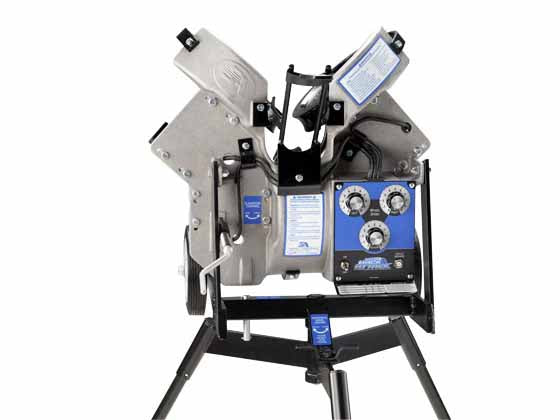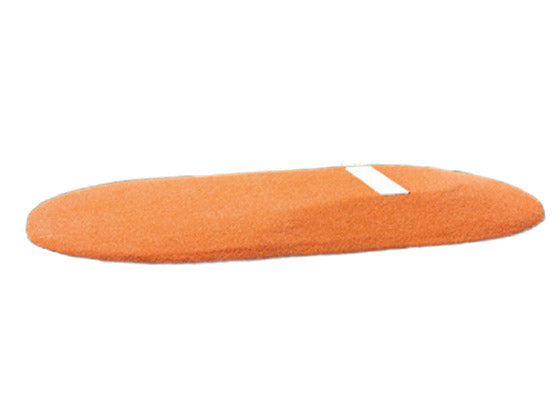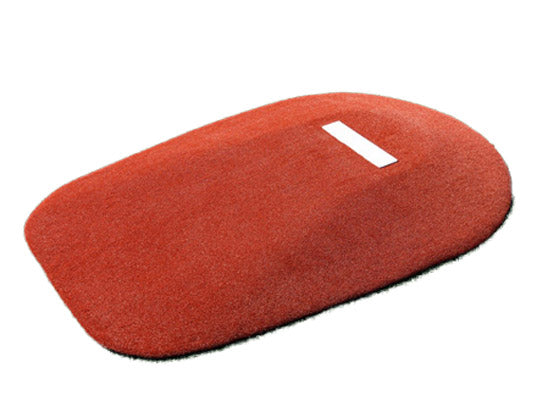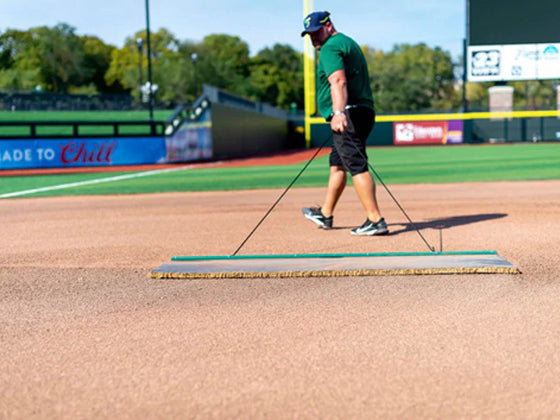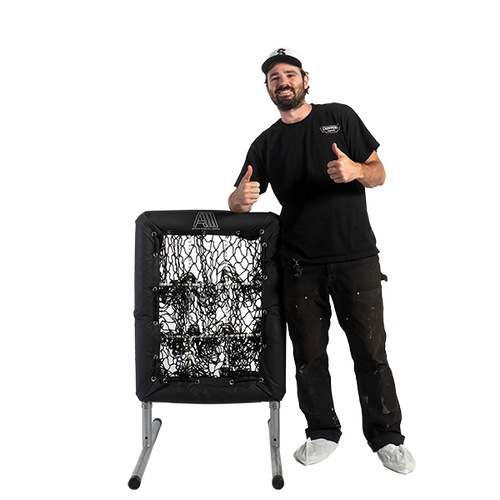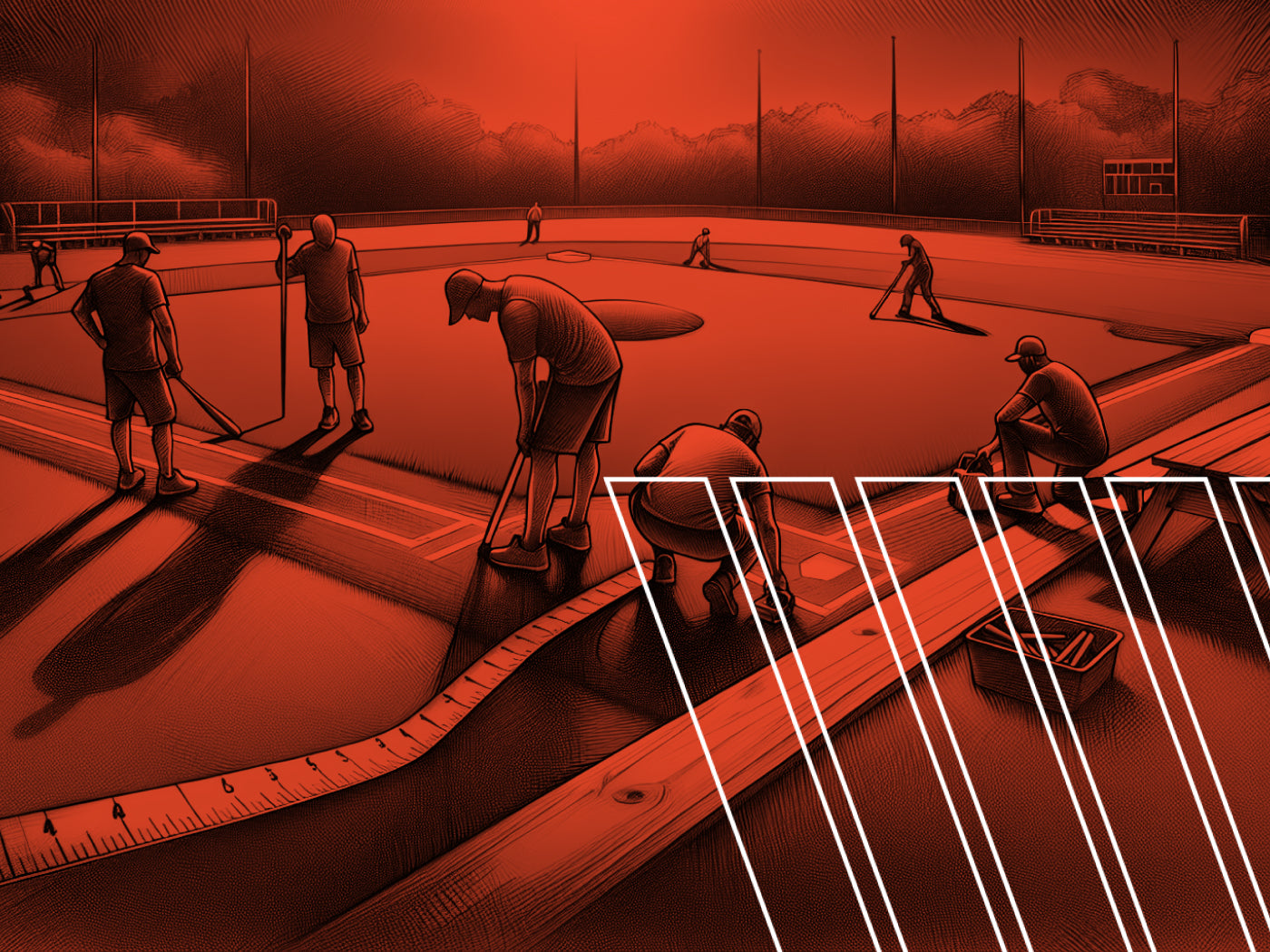Getting the Best Performance from Your Pitching Machine with Different Pitch Speeds, Pitch Types, and Fielding Drills
Pitching machines have become indispensable tools in baseball training, offering a range of customizable features to simulate various pitching scenarios. The ability to adjust pitch type, speed, and trajectory allows players and coaches to tailor training sessions to specific needs, enhancing skill development. This blog explores these customizable options, delving into the mechanics and technology behind modern pitching machines and how they revolutionize baseball practice.
Adjusting Pitch Type

The adaptability of pitching machines in mimicking different pitch types is a key aspect of their functionality. Single-wheel machines typically feature one dial for speed adjustments and can be swiveled to alter pitch types. Two-wheel pitching machines offer more precision, with separate dials for each wheel to control pitch variation, along with the option to pivot the machine head for different pitches. Breaking balls are pitched by having the 2 pitching machine wheels set at different speeds, creating spin and movement on the ball.
Three-wheel pitching machines provide even greater control, with dials for fine-tuning pitch types. Notably, Hack Attack pitching machines include a chart near the dials, guiding users to create various pitches. Spinball machines stand out with a pitch selector dial, enabling users to choose their desired pitch directly, with additional dials for spin rate and speed adjustments. These features collectively offer players a comprehensive and realistic batting practice experience, closely resembling real-game situations.
All modern day pitching machines feature dials or pitch selectors that will allow you to easily customize your pitches, allowing you to create the pitch you're looking for.
Dialing in Pitch Speed

Pitch speed control is a crucial feature of modern pitching machines, allowing players to practice against different speeds. This feature is particularly valuable for adapting to various levels of play, from youth leagues to professional training. The speed in single-wheel machines is adjusted using a single dial, which regulates the wheel's rotation speed. In contrast, multi-wheel machines, such as two and three-wheel models, offer individual speed controls for each wheel. This allows for a more nuanced adjustment of pitch speed, enabling a realistic simulation of different pitching styles. The precision in speed control helps batters refine their timing and reaction skills, an essential aspect of successful batting.
Pro Tip: During your next batting practice, try turning the speed dial up or down in between pitches to keep the batter's eye sharp and accustomed to seeing different pitch speeds.
Modifying Pitch Trajectory for Infield and Outfield Drills

Adjusting the trajectory of pitches is another key aspect of customizable pitching machines. This feature enables the machine to simulate various types of fielding drills, from ground balls to fly balls. The trajectory is often adjusted by tilting the machine head, changing the angle at which the ball is pitched. This can be done manually in simpler models, while more advanced machines may offer automatic adjustments.
The ability to vary the trajectory is crucial for comprehensive batting practice, allowing players to experience and adapt to a wide range of pitches and fielding drills. It enhances the overall training experience by mimicking real-game situations, preparing players for different types of pitchers they may face in actual games.
Advanced Features and Technologies
Advances in pitching machine technology have introduced features that extend beyond basic pitch adjustments. Pitching machine programmability is a significant leap forward, allowing users to set up custom pitch sequences, ideal for simulating real-game scenarios. Remote controls offer convenience, enabling adjustments from a distance. These technological enhancements not only improve the training experience but also add versatility, catering to a wide range of training objectives and skill levels.
Choosing the Right Machine

Selecting the right pitching machine involves considering the machine’s customizable features and matching them with the player's needs. Factors such as the level of play, specific training goals, and the variety of pitches required should guide this choice. Balancing between advanced features and user-friendliness is key, ensuring the machine serves its purpose effectively without overwhelming the user. For more help choosing the right machine, check out our best pitching machines guide here.
Conclusion
The realm of customizable pitching machines is vast, offering numerous options for adjusting pitch type, speed, and trajectory. These machines are vital tools in modern baseball training, aiding in the development of diverse batting skills. As technology continues to evolve, so does the potential of these machines to provide tailored and effective training experiences, reinforcing their invaluable role in the sport of baseball.

 Contact Us
Contact Us